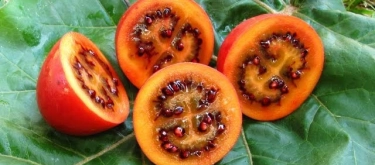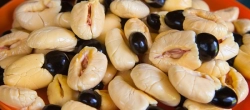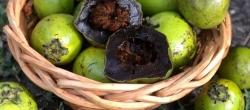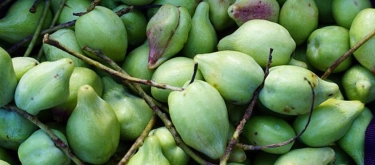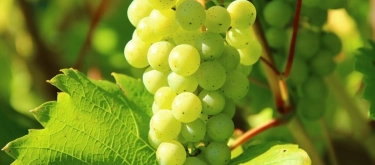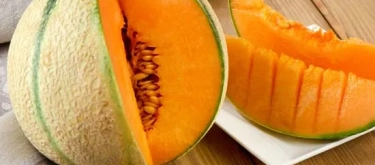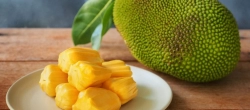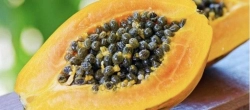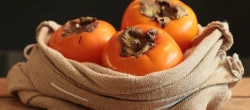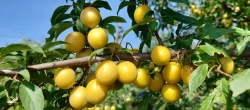Olive: Taste Profile, Aroma, Benefits and Health Risks
Olive (Olea europaea) is the fruit of the olive tree, native to the Mediterranean Basin and one of the oldest cultivated crops in human history. Olives and olive oil are central to Mediterranean cuisine, with culinary, cultural, and symbolic importance for over 5,000 years. The fruit is rarely eaten fresh, as it is naturally bitter and requires curing to become palatable.
Olives are generally safe for most people but may cause allergies in individuals sensitive to olive pollen or tree nuts. Due to high sodium content, pickled or brined olives are not recommended for people with hypertension. Pregnant women should consume olives in moderation, especially heavily salted or processed varieties.
What does Olive taste like?
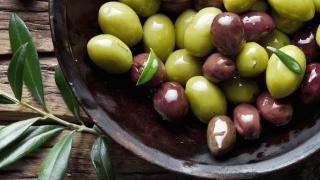
Complete Sensory Description
-
Taste: Naturally bitter due to oleuropein; once cured, flavors range from briny, salty, and tangy to fruity, nutty, or smoky, depending on processing.
-
Aroma: Fresh olives smell grassy and astringent; cured olives develop fruity, wine-like, or even leathery notes.
-
Texture: Firm and fleshy when brined, with a meaty chew. Some varieties become softer or oilier after curing.
-
Appearance: Small oval fruits, typically green when unripe and dark purple to black when ripe, though colors vary depending on curing.
In-depth Flavor Analysis
The unique bitterness of olives is primarily due to oleuropein and phenolic compounds. Curing methods transform these compounds, shaping flavor:
-
Brined olives: salty, tangy, sometimes fruity.
-
Dry-cured olives: concentrated, wrinkled, intensely savory.
-
Lye-cured olives: milder and less bitter, often with buttery notes.
-
Fermented olives: lactic acid bacteria add tang and complexity.
Green olives (harvested unripe) are firmer, sharper, and more bitter; black olives (ripe) are softer, fruitier, and richer. Processing also affects aroma, with fermentation enhancing umami and depth.
Varieties and Culinary Applications
-
Manzanilla (Spain): mild, brined, common table olive.
-
Kalamata (Greece): almond-shaped, dark purple, fruity and rich.
-
Castelvetrano (Italy): bright green, mild, buttery.
-
Gaeta (Italy): wrinkled, tangy, slightly sweet.
-
Arbequina (Spain): small, delicate, fruity, often used for oil.
Culinary uses:
-
Eaten as snacks or appetizers (antipasti, mezze).
-
Added to salads, pasta, and pizza.
-
Blended into tapenade or spreads.
-
Incorporated in stews and tagines for salty depth.
-
Pressed for olive oil, the most important derivative.
Selection and Storage
-
Selection: Choose plump, firm olives with vibrant color; avoid shriveled or overly mushy ones unless dry-cured.
-
Storage: Store opened jars in brine in the refrigerator for up to 2–3 weeks. Olives in oil last longer but must be kept sealed and away from heat and light.
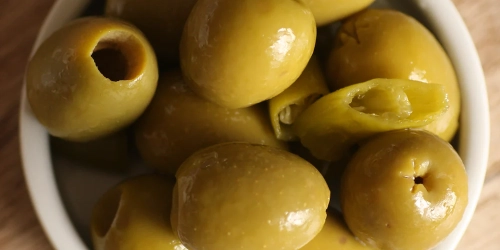
Nutritional Insights
-
Rich in monounsaturated fats (oleic acid) that support heart health.
-
Good source of vitamin E and antioxidants.
-
Contains iron, copper, and polyphenols that reduce inflammation.
-
Regular consumption associated with reduced cardiovascular risk and improved metabolic health.
Expert Insights & Culinary Tips
-
Pair olives with cheese, cured meats, or bread for classic Mediterranean flavors.
-
Use milder varieties (Castelvetrano) for beginners who find olives too strong.
-
For cooking, pit olives to release more flavor into sauces and stews.
-
Balance their saltiness with acidic or sweet ingredients like tomatoes or oranges.
-
Olive oil derived from cold-pressing is ideal for salads and low-heat cooking.
Interesting and Curious Facts
-
The olive tree is a symbol of peace and victory in many cultures.
-
Some olive trees are over 1,000 years old and still bear fruit.
-
Ancient athletes in Greece rubbed olive oil on their bodies before competitions.
-
The phrase “extending an olive branch” means offering peace.
Harm and Dietary Considerations
-
High sodium in pickled/brined olives can raise blood pressure.
-
Excessive consumption may cause digestive upset.
-
People with olive allergies (rare but possible) should avoid both fruit and oil.
-
Olive pits may be a choking hazard.
Religious Dietary Considerations
Olives and olive oil are acceptable in all major religions. They are mentioned in the Bible and the Qur’an as symbols of purity and blessing. In Judaism, olives and olive oil have ritual significance (Hanukkah, temple ceremonies). In Islam and Christianity, they are considered wholesome and sacred foods.
Final Thoughts & Sensory Journey
The olive is more than a fruit — it is a cultural icon that shaped Mediterranean diets and traditions for millennia. Its transformation from bitter raw fruit to flavorful cured delicacy demonstrates the power of culinary craftsmanship. Olives continue to enrich global cuisine with their complex taste and nutritional benefits.
Resources
-
Harold McGee, On Food and Cooking: The Science and Lore of the Kitchen. Scribner, 2004. ISBN 978-0684843285
-
Clifford A. Wright, A Mediterranean Feast. William Morrow, 1999. ISBN 978-0688153054
-
F. N. Pritchett et al., “Phenolic Compounds and Bitterness in Olives.” Journal of Agricultural and Food Chemistry, 1992. DOI: 10.1021/jf00020a015
-
R. Morello et al., Olive Germplasm: Cultivars and World-Wide Collections. FAO, 2013. ISBN 978-9251075077
